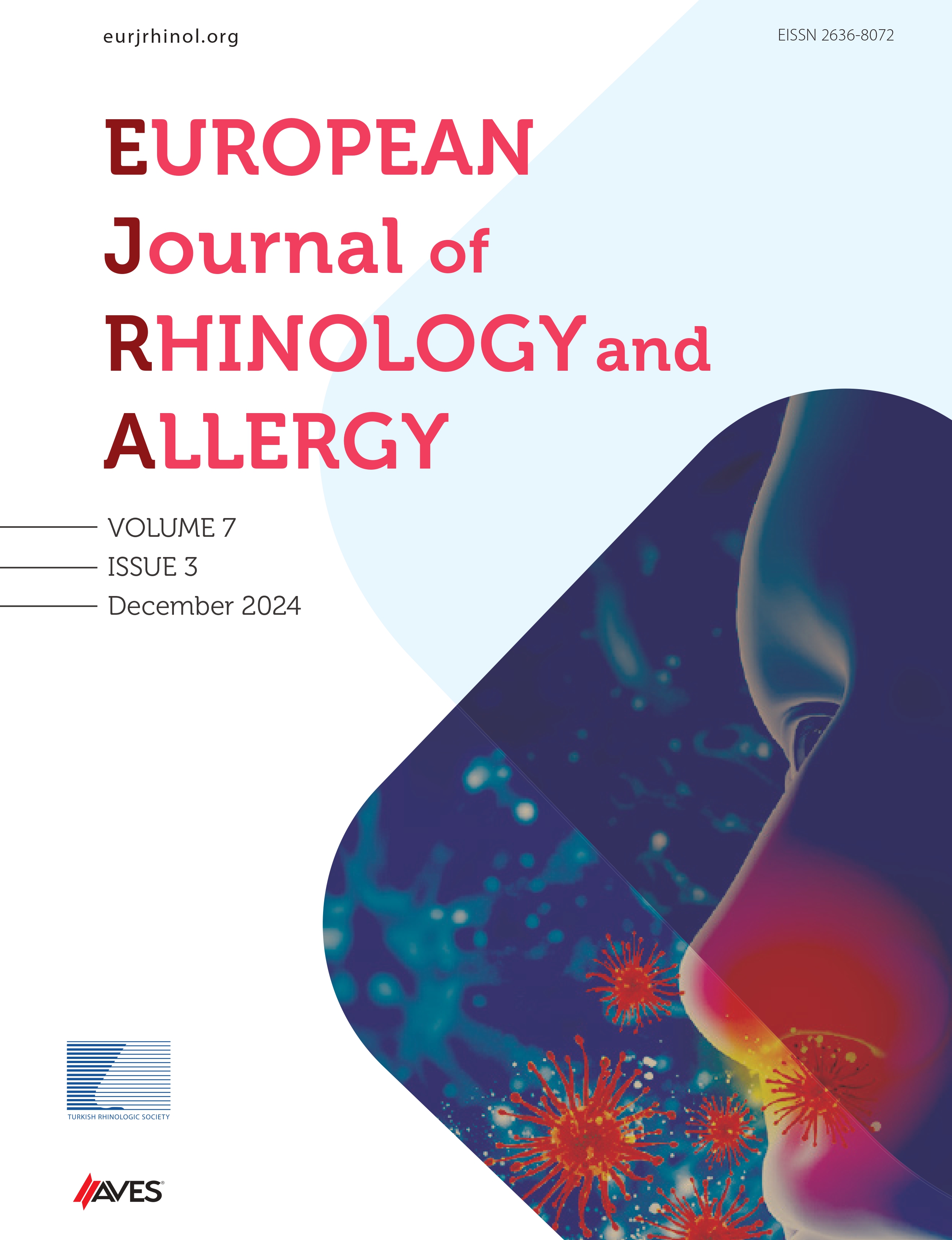Background: Anatomical variations and pathologies in the sinonasal region are a known principal cause or trigger of headaches. The purpose of the present study was to determine the frequency of sinonasal pathologies in patients with tension-type headache and their association with the disease.
Methods: Patients presenting to the Kastamonu Training and Research Hospital Neurology Clinic between 2019 and 2021 and diagnosed with a tension-type headache based on the International Headache Society 2018 classification were investigated retrospectively. Patients were examined in terms of cranial magnetic resonance imaging sinonasal anomalies, and the findings were recorded. Sinonasal lesions were classified as septal deviation, inferior turbinate hypertrophy, concha bullosa, and sinus retention cyst.
Results: The incidence of septal deviation was significantly higher in the patient group than in the control group (P = .019). The incidence of tension-type headache was 2.2-fold higher among individuals with septal deviation com- pared to those with no such deviation (95% CI: 1.13-4.39). Comorbid septal deviation and inferior turbinate hyper- trophy were observed in 18.1% of the patients in the study, septal deviation and concha bullosa in 1.6%, and septal deviation and sinus retention cyst in 2.1%, but no significant difference was determined in distributions between the patient and control groups.
Conclusion: It should be remembered that an accompanying pathology in patients with tension-type headache can further exacerbate existing symptoms or else can be the primary cause of headache. Patients must undergo a detailed ear, nose, and throat examination in terms of identifying mucosal contact points and sinonasal pathologies.
Cite this article as: Atalay F, Kars A, Topal K, Kul B, Yavuz Z. Sinonasal abnormalities on cranial magnetic resonance imaging in patients with tension-type headache. Eur J Rhinol Allergy 2022;5(1):3-6.

.png)

.png)